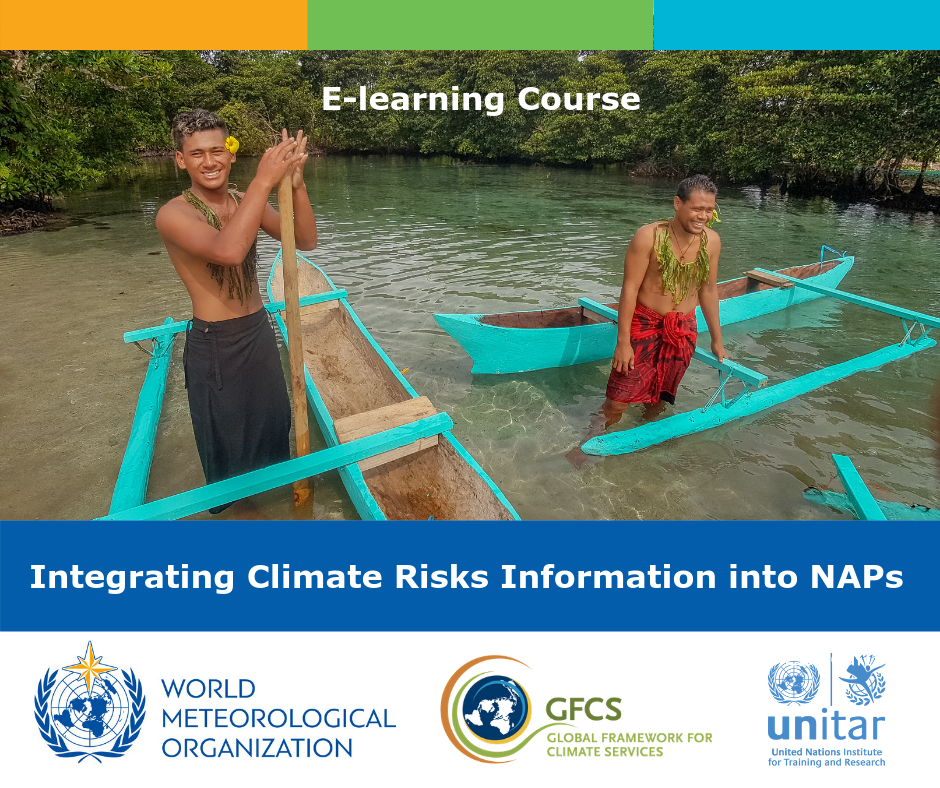While to date, 197 UNFCCC members have signed the Paris Agreement and 187 ratified it, thus pledging to keep the increase in global average temperature well below 2°C above pre-industrial levels, it remains a challenging endeavor.

Source: UNDP
Member states need to make choices between a range of possible actions requiring information on past, present and potential future climate conditions. Adapting to climate change requires the development of the best available scientific information about climate change trends and their societal impacts. The generation and use of climate information for planning and decision-making should be strengthened, drawing on the best available climate observations, data and science.
To ensure the best societal outcomes from climate action, information on past, present and potential future climate conditions should be systematically integrated into national adaptation policies and project planning. The relevance and adequacy of climate information for decision-making can be identified through multi-stakeholder and country-level processes, drawing on the resources of the global hydro-meteorological community and information flowing across global to local scales. Synergies must be enabled among communities that produce climate information and those who use it for climate action. While producers gather, analyze and compile climate information, users need to know what kind of information is available out there that can support adaptation planning.
The course Integrating Climate Risk Information into NAPs, developed by the World Meteorological Organization (WMO), the Global Framework for Climate Services (GFCS), and the United Nations Institute for Training and Research (UNITAR) comes to support communities showing how to strengthen National Adaptation Plans (NAPs) through appropriate climate information and coordinated policy action, enabling various institutions and actors to work together in a collaborative framework.
The course answers several questions:
- Why is climate information important in adaptation planning and decision making?
- What are the technical resources for assessing climate risks?
- What is the role of National Hydro-meteorological Services in the NAP process?
- How can priority climate actions be enhanced by climate scientific information?
- What climate products and services that support NAPs are out there?

The course is available in three languages – English, Spanish and French- and is designed to respond the learning needs of climate services providers (National Hydro-meteorological Services, research/academic and international organizations), and users (e.g. decision-makers, private investors, non-governmental organizations, etc.), as well as of those working at the science-policy interface for outreach or communication purposes.
The course may eventually catalyze innovation in climate services, enabling climate information users and producers to co-produce climate knowledge, sharing feedback, engaging and connecting with different actors along the climate services value chain for the development of tailored information and products for better adaptation decision making.
This course is free of charge and you can register here: English, French, and Spanish.

